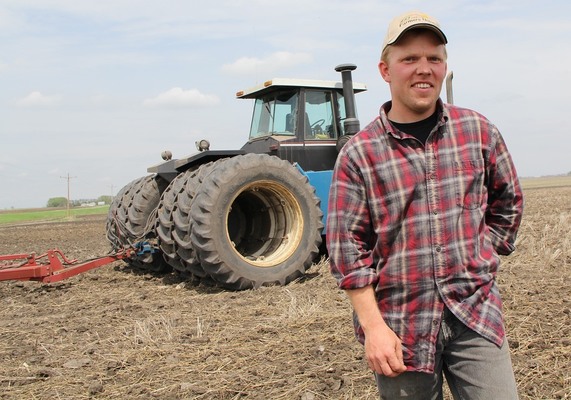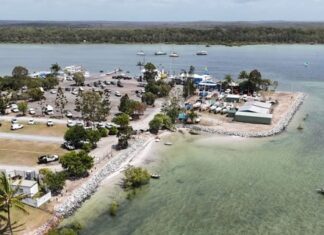
Farmers in Queensland’s Burnett-Mary region can now apply for the Australian Government’s $22.3 million Enhancing Remnant Vegetation Pilot.
Federal Member for Hinkler Keith Pitt said the pilot was an opportunity for Burnett-Mary farmers to build drought resilience by diversifying their on-farm income.
“Farmers are the stewards of the land, and their role in environmental stewardship has been overlooked for far too long,” Mr Pitt said.
“The Burnett-Mary is a region where remarkable biodiversity on both land and sea is already able to cohabitate with important and valuable agricultural industries such as sugarcane, grazing and dairy.
“We want to recognise farmers who take steps to improve environmental outcomes on their land while encouraging the private sector to invest in this innovative scheme.”
Federal Member for Wide Bay and Deputy Speaker of the House of Representatives Llew O’Brien said the pilot would support farmers to protect, manage and improve remnant native vegetation on their land.
“Farmers in Wide Bay and throughout the Burnett-Mary region know the land, they love it, and they look after it – and this pilot scheme is a way of recognising their efforts in caring for our natural environment,” Mr O’Brien said.
“Supported projects will vary from farm to farm depending on their needs – it may be as simple as fencing off parts of the property that are already home to native vegetation, or it might involve ongoing pest and weed management.”
“We’re putting a value on farm native vegetation that farmers have cared for through generations. It’s good for the environment, and farmers can make a buck out of it.”
Federal Member for Flynn Ken O’Dowd said the pilot scheme would give farmers and primary producers the opportunity to diversify their income stream.
“Many farmers have remnant vegetation on their properties, and this pilot means they can get a cash return on looking after the land they already care for as part of their property maintenance,” Mr O’Dowd said.
“This is not about locking up land so that it can’t be used, instead it is having an integrated system that still enables production to occur on productive land while protecting biodiversity.”
Minister for Agriculture and Northern Australia David Littleproud said the pilot was a key component of the $66.1 million Agriculture Biodiversity Stewardship Package to help farmers get paid for improving biodiversity on-farm.
“Alongside the Carbon plus Biodiversity Pilot, the Enhancing Remnant Vegetation Pilot is trialling a market-based system that will see farmers being paid for their biodiversity management,” Minister Littleproud said.
“Over time, the aim is to roll these pilots out to more farmers, making them widely available and fuelled by private sector investment.
Six natural resource management (NRM) regions across Australia will be able to participate in the pilot: Burnett-Mary (QLD), Central West (NSW), North Central (VIC), North Tasmania (TAS), Eyre Peninsula (SA) and South-west (WA).
As part of the pilot, the Australian National University (ANU) has created the processes and protocols that measure and reward farmers for undertaking the projects, delivering a system that will be respected by international markets.
Regions have been selected, amongst other criteria, to test the program across a range of jurisdictions, farming systems, and vegetation types, and to complement and compare the trial with the Carbon + Biodiversity Pilot.
The trials are designed to test the underpinning systems and frameworks of the approach to ensure credibility and test the market willingness to buy.
Interested farmers can learn more or apply to take part in the Enhancing Remnant Vegetation pilot by visiting www.agriculture.gov.au/agriculturestewardship.





